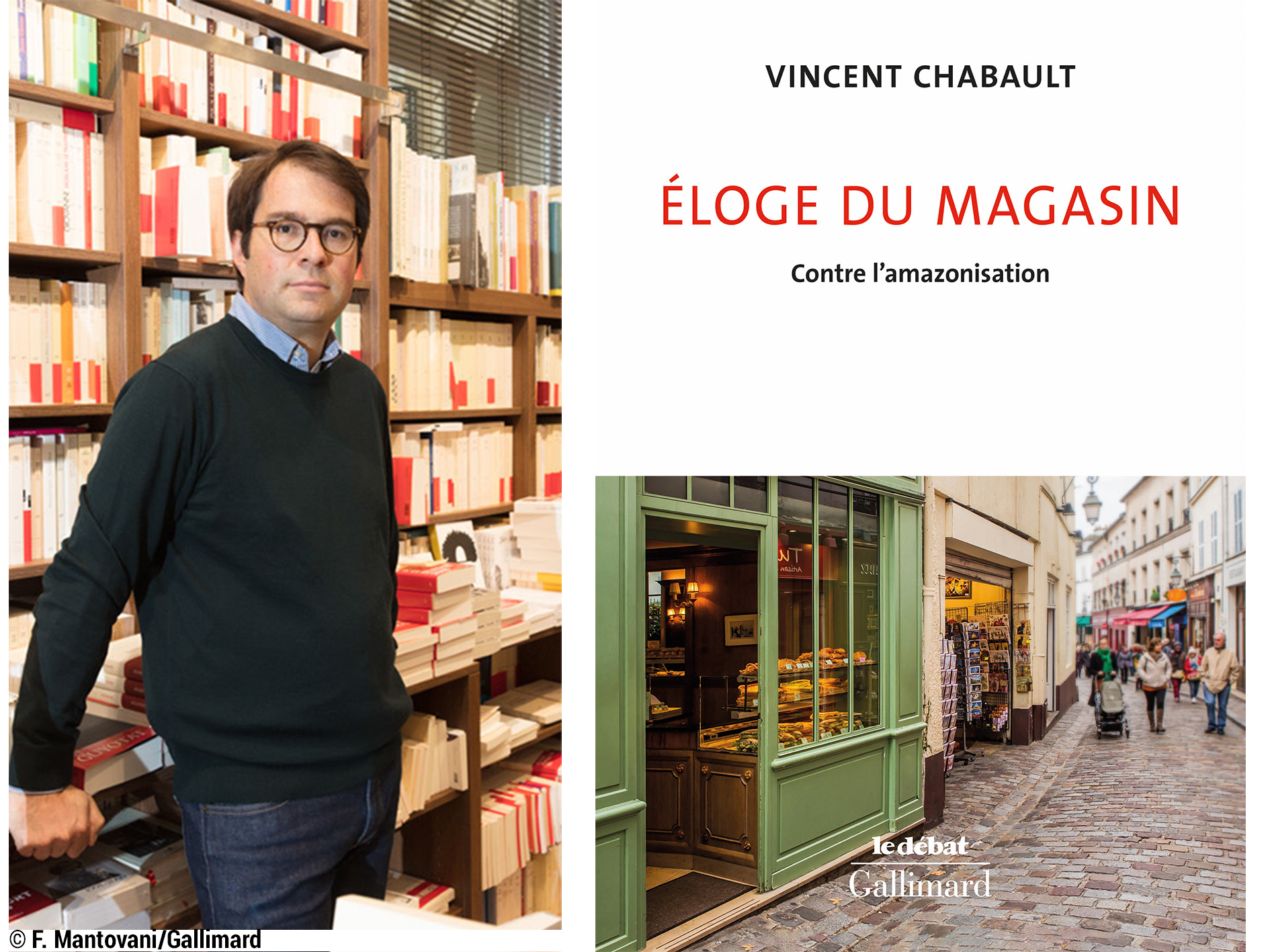The shop, as a social space, provides more than just a supply"

You explain that the shopping centre fulfils other functions than those we usually think of. In particular, it plays a social role, you even talk about a place of existence. Will this model, which some consider to be doomed, find a new role in the urban territory?
Yes, without hesitation. It is a commercial concept that is evolving. It is evolving in its form. Today we talk about retail parks, and we can also observe the transformation of Parisian train stations into shopping centres located in places where people pass through. It is also evolving in its composition. On a global scale, in China, the Middle East or Thailand, excessiveness is the norm. Entertainment and the extraordinary are the levers of their attractiveness. In our country, the current installation of sports halls, climbing gyms, cinemas, and medical services serves to reinforce their attractiveness with the aim of turning users into shop customers. For a long time, it was considered that a shopping centre should have a "locomotive" to attract other brands, tenants of the property companies. And for a long time, this engine was a hypermarket, then a specialised superstore like Ikea. Today, other types of engines are appearing for a role of the centre that is expanding: consumption but also entertainment, sports and cultural activities, health... In Sarreguemines, the media library is connected to a shopping mall. In Italie 2 in the 13th arrondissement of Paris, there is a large theatre, a large sports hall and a medical laboratory.
According to your observations, a certain number of physical trade practices such as open-air markets, garage sales, peddlers or bulk sales continue to attract consumers more than ever. Can we conclude from this that e-commerce, because of its lack of social ties, only partially meets consumer demands?
E-commerce undoubtedly meets the needs of consumers, and not only those who are far from the shops. I also note that e-commerce is not the dehumanised exchange that people think it is. By devoting a chapter to Le Bon Coin, I examine the social links that have been built: messages to describe the offer, to answer questions from potential customers, to negotiate prices, to arrange a meeting... and 80% of transactions take place during a physical meeting. Other platforms such as Amazon have long since integrated spaces where customers, in the flesh, evaluate products. I am also thinking of forums that help to inform Internet users and socialise commercial exchanges through independent advice. So I am not opposing the sales channels, but it must be recognised that the shop, as a social space, provides more than just supplies. It has other uses, such as bringing people together. We cannot imagine a city without shops.
You devote several chapters to the importance of customer service, which e-commerce cannot replace. But isn't e-commerce a way of transforming physical commerce towards more services, more proximity and added value?
I return once again to Le Bon Coin. Its success is based on the invention of a local e-commerce, two apparently contradictory notions. The commercial exchanges produced by this marketplace are embedded in other types of link: helping people, getting rid of things, providing a service. For the majority of other e-commerce players, I do not observe such specificities. Local commerce is about service. There are two dimensions to proximity: the spatial dimension and the social dimension. When I recently met the head of a central purchasing office operating for independent mini-markets, I was astonished to discover the extent of the informal services provided by these independent traders: neighbourhood delivery, small credits, breakdown services, etc. The new retailer concepts are inspired, with varying degrees of success, by such practices. In any case, I believe that the future of commerce lies in exploiting the positive imagination of the grocer.
Interview by EOL